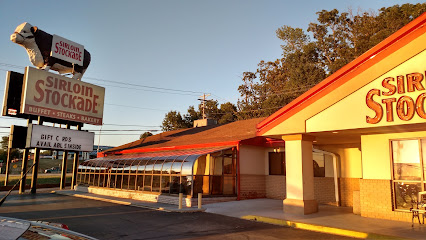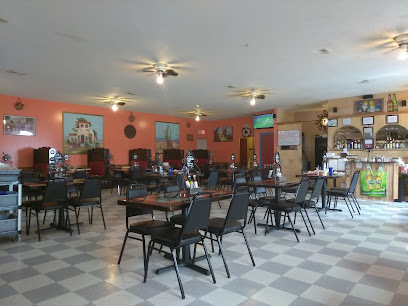
Mark Twain National Forest: Missouri's Natural Treasure
Discover the natural beauty and endless outdoor adventures in Mark Twain National Forest, a vast wilderness in the heart of Missouri.
Mark Twain National Forest is a magnificent haven for nature lovers. Spanning 1.5 million acres in the heart of Missouri, it offers a diverse landscape filled with lush forests, rolling hills, and clear streams. Named after the famous American author, the forest invites visitors to immerse themselves in the beauty that inspired many of his stories. Outdoor enthusiasts will find endless opportunities for adventure. There are over 750 miles of trails for hiking, biking, and horseback riding. The forest is also a prime spot for fishing, with numerous rivers and lakes teeming with fish. For those who enjoy camping, the forest offers a variety of campsites, from primitive spots to fully equipped campgrounds. Wildlife abounds in Mark Twain National Forest. Visitors may encounter deer, wild turkeys, and even black bears. Birdwatchers will delight in the diverse bird species that call the forest home. The forest is also a wonderful place to enjoy the changing seasons, from the vibrant colors of fall to the blooming wildflowers of spring.
Local tips in Mark Twain National Forest
- Visit in the fall to experience the stunning foliage.
- Bring a map or GPS as cell service can be spotty.
- Check the weather forecast before heading out, as conditions can change rapidly.
- Wear sturdy hiking boots to navigate the rugged terrain.
- Pack insect repellent, especially in the summer months.
Mark Twain National Forest: Missouri's Natural Treasure
Mark Twain National Forest is a magnificent haven for nature lovers. Spanning 1.5 million acres in the heart of Missouri, it offers a diverse landscape filled with lush forests, rolling hills, and clear streams. Named after the famous American author, the forest invites visitors to immerse themselves in the beauty that inspired many of his stories. Outdoor enthusiasts will find endless opportunities for adventure. There are over 750 miles of trails for hiking, biking, and horseback riding. The forest is also a prime spot for fishing, with numerous rivers and lakes teeming with fish. For those who enjoy camping, the forest offers a variety of campsites, from primitive spots to fully equipped campgrounds. Wildlife abounds in Mark Twain National Forest. Visitors may encounter deer, wild turkeys, and even black bears. Birdwatchers will delight in the diverse bird species that call the forest home. The forest is also a wonderful place to enjoy the changing seasons, from the vibrant colors of fall to the blooming wildflowers of spring.
When is the best time to go to Mark Twain National Forest?
Unmissable attractions to see
Meramec Caverns
Uncover the stunning formations of Meramec Caverns, a premier adventure destination in Missouri known for its rich history and outdoor activities.
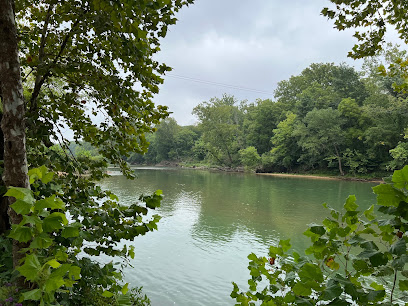
Ha Ha Tonka State Park
Discover the stunning landscapes, hiking trails, and rich history of Ha Ha Tonka State Park in Missouri's beautiful Ozarks.

Elephant Rocks State Park
Explore the breathtaking granite boulders and scenic trails of Elephant Rocks State Park, a unique natural wonder in Missouri perfect for outdoor adventures.
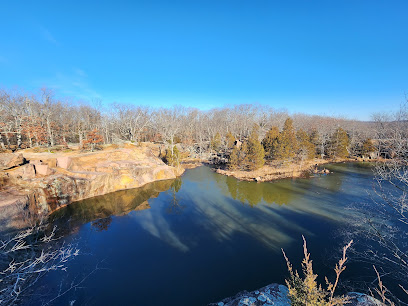
Castlewood State Park
Explore the scenic beauty and outdoor adventures waiting for you at Castlewood State Park in Missouri, a perfect escape for nature lovers.
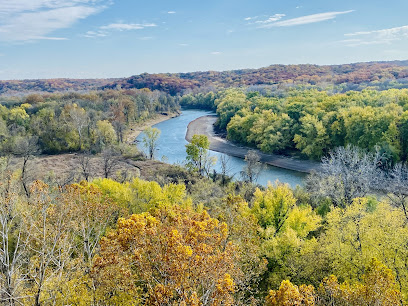
Montauk State Park
Experience the breathtaking landscapes and outdoor adventures at Montauk State Park, the perfect getaway in Missouri's scenic Ozarks.
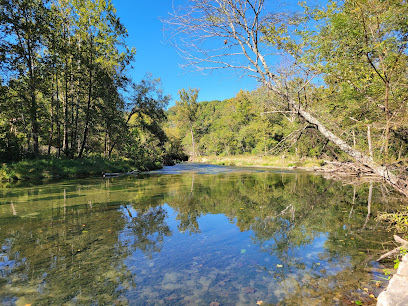
Saint Francois State Park
Explore the stunning landscapes and diverse outdoor activities at Saint Francois State Park, a hidden gem in Missouri for nature lovers and adventure seekers.
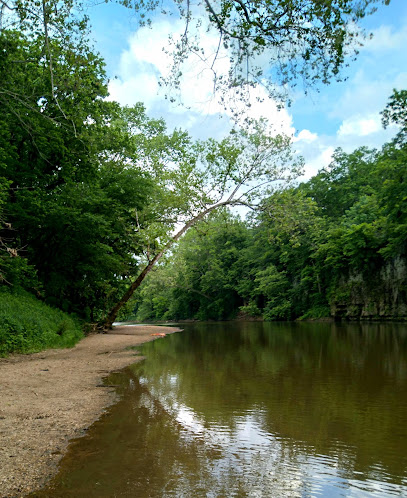
Rock Bridge Memorial State Park
Explore Rock Bridge Memorial State Park's breathtaking landscapes, unique geological formations, and diverse wildlife for an unforgettable outdoor experience.
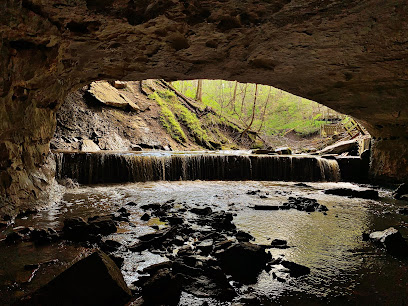
Saint Joe State Park
Explore Saint Joe State Park: Missouri's premier destination for outdoor adventures, from thrilling off-road trails to serene fishing spots.

Big Joel's Safari Petting Zoo & Educational Park
Discover an interactive wildlife experience at Big Joel's Safari Petting Zoo, where fun and learning blend in a beautiful setting for all ages.
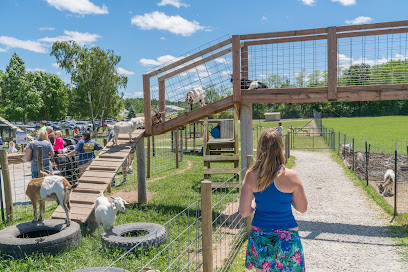
The Mark Twain Boyhood Home Museum Gallery
Discover the rich history of Mark Twain at his Boyhood Home Museum in Hannibal, Missouri, a must-visit for literature enthusiasts and history lovers.
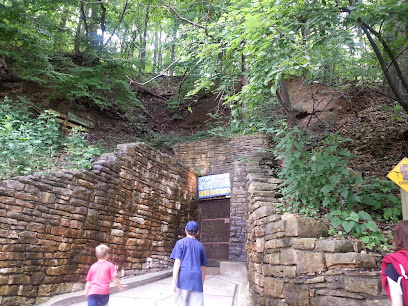
Sam A. Baker State Park
Experience the breathtaking beauty and outdoor adventures at Sam A. Baker State Park, Missouri's serene natural retreat for nature lovers and families.
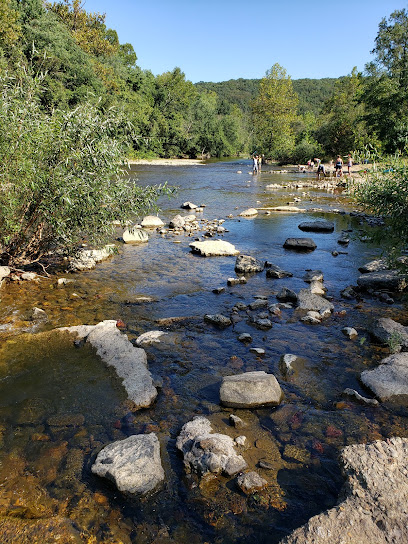
Alley Spring & Mill
Explore the historic Alley Spring & Mill in Eminence, MO, where nature and history come together in breathtaking beauty.
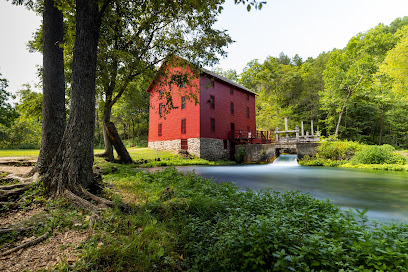
Finger Lakes State Park
Explore the natural beauty of Finger Lakes State Park in Columbia, Missouri—a perfect blend of adventure and tranquility for all outdoor enthusiasts.

Hawn State Park
Discover the natural beauty of Hawn State Park in Missouri, where hiking trails, wildlife, and serene picnic spots await outdoor adventurers.
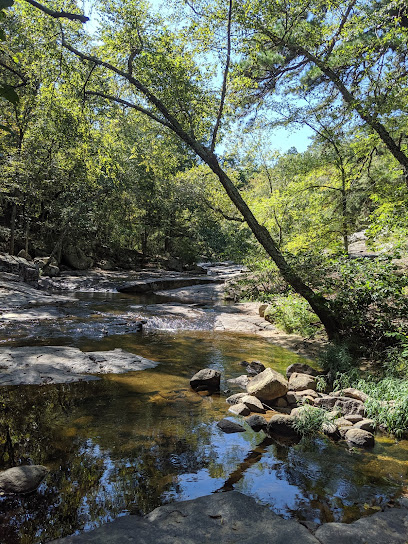
Graham Cave State Park
Discover the natural beauty and historical intrigue of Graham Cave State Park, a serene escape for nature lovers and adventure seekers in Missouri.
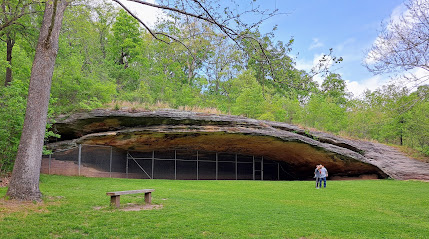
Markets, malls and hidden boutiques
Mark Twain National Forest
Discover the natural beauty of Mark Twain National Forest in Missouri, a paradise for outdoor enthusiasts and nature lovers with endless adventures.
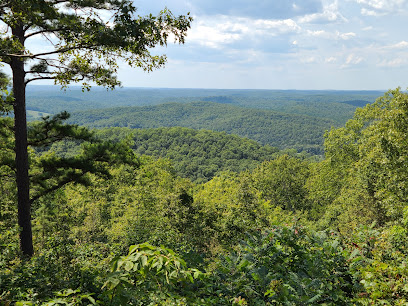
Old Village Mercantile
Explore Old Village Mercantile in Caledonia, MO - a sweet haven for ice cream lovers, candy enthusiasts, and coffee aficionados alike.
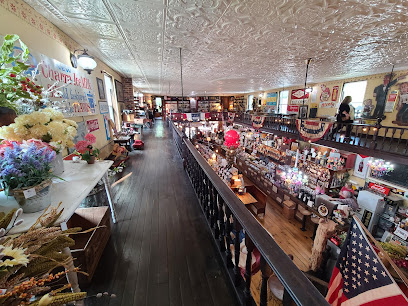
The Smoking Stone - Sullivan
Discover unique gifts, local crafts, and a charming atmosphere at The Smoking Stone in Sullivan, MO – a must-visit for tourists seeking special treasures!
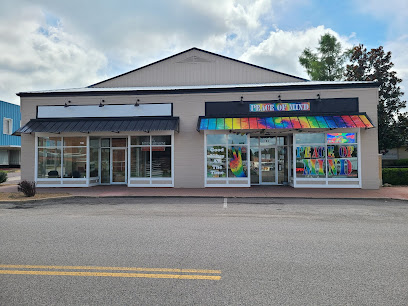
Reed's Relics
Explore unique antiques and savor delicious ice cream at Reed's Relics in Potosi, Missouri – a delightful destination for treasure hunters and food lovers.
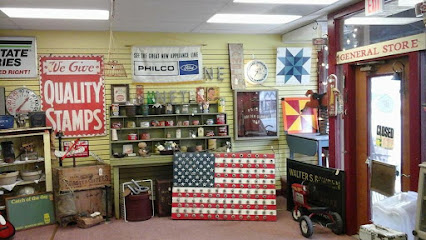
The Surprise Shop
Explore The Surprise Shop in Sullivan, Missouri, for a unique shopping experience filled with toys, games, and sports memorabilia.
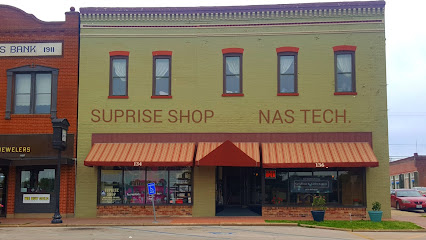
Fanning 66 Outpost Llc
Discover the charm of Fanning 66 Outpost, a nostalgic gift shop on Route 66 offering unique souvenirs, delicious treats, and a glimpse into Americana.
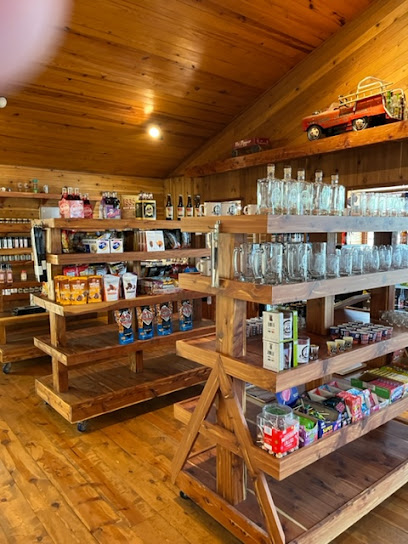
Lange General Store
Discover a charming gift shop in Steelville, offering handcrafted items and local delights perfect for souvenirs and personal treats.
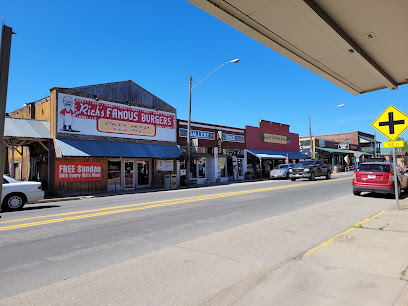
G&W Foods
Experience the charm of G&W Foods in Viburnum, Missouri, where friendly service and quality groceries come together for a delightful shopping experience.
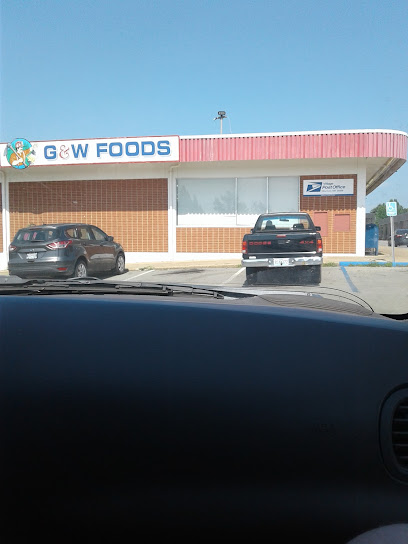
Berryman General Store
Discover the warmth and offerings of Berryman General Store, a charming grocery store in Steelville, Missouri, perfect for locals and tourists alike.
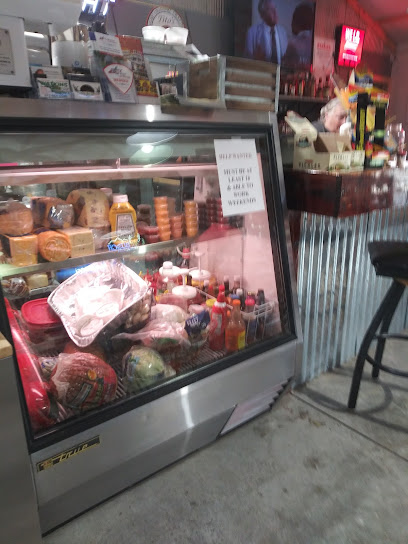
DG Market
Discover DG Market in Viburnum, Missouri – your convenient, affordable grocery store for all your travel essentials.

Bixby Country Store
Explore Bixby Country Store: Your charming stop for convenience and delightful ice cream in the heart of Missouri.
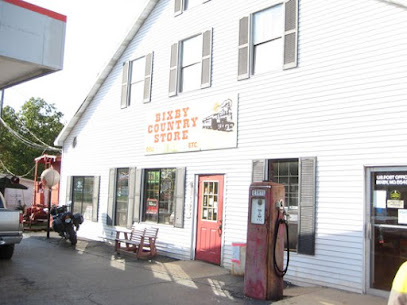
Vintage Charm
Explore a delightful collection of vintage treasures at Vintage Charm, a must-visit antique store in Potosi, Missouri.

A Gypsy's Dream
Discover unique treasures and vintage finds at A Gypsy's Dream, a charming antique store in Salem, Missouri, where history and nostalgia come alive.
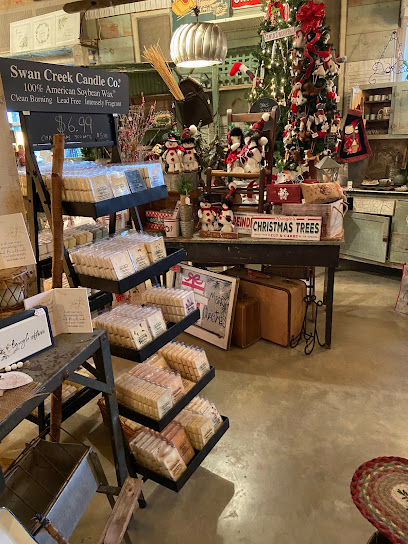
Meramec Mercantile
Explore the charm of Meramec Mercantile, your one-stop shop for unique gifts and local treasures in Bourbon, Missouri.
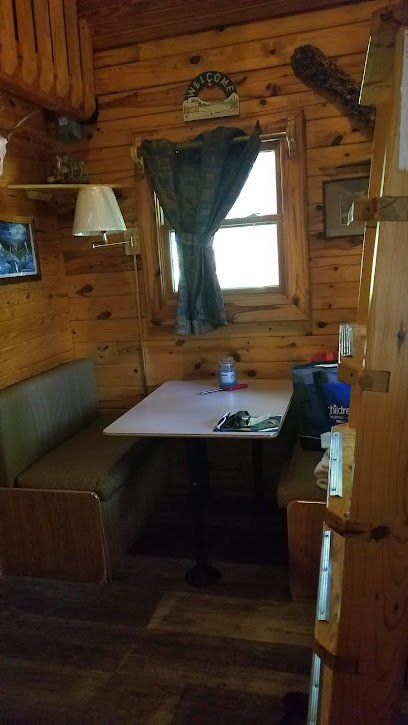
Arcadia Academy Gift Shop and Ice Cream Parlor
Explore unique gifts, delicious ice cream, and nostalgic candies at the Arcadia Academy Gift Shop and Ice Cream Parlor in Missouri.
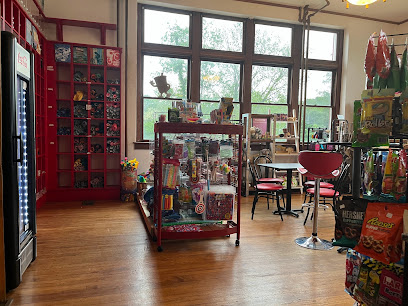
Essential bars & hidden hideouts
Shamrocks Pub n Grill
Discover Shamrocks Pub n Grill in St. Peters, MO, where delicious food and a vibrant atmosphere meet for an unforgettable dining experience.

Franky & Louie's Beachfront Bar & Grill
Experience the ultimate beachside dining at Franky & Louie's Beachfront Bar & Grill, where delicious food meets stunning views and fun activities.
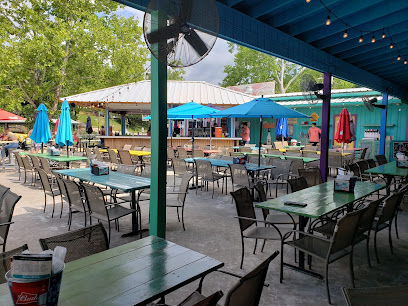
Captain Ron's Bar & Grill
Experience lakeside dining at Captain Ron's Bar & Grill, where American and Caribbean flavors meet stunning views and a vibrant atmosphere.
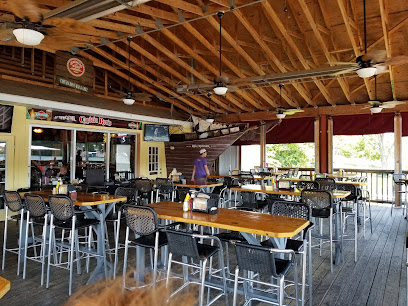
Jack in the Box
Discover a diverse menu of fast food favorites, from burgers to breakfast, at Jack in the Box in Cuba, Missouri.

Marquarts Landing Inc
Discover the heart of American cuisine at Marquarts Landing Inc, a charming grill in Washington, Missouri, known for its inviting atmosphere and delicious dishes.
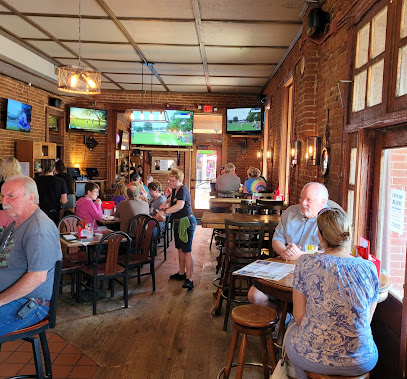
Shady Gators
Experience the lively atmosphere of Shady Gators, where Cajun cuisine meets live music at Lake Ozark's favorite entertainment venue.
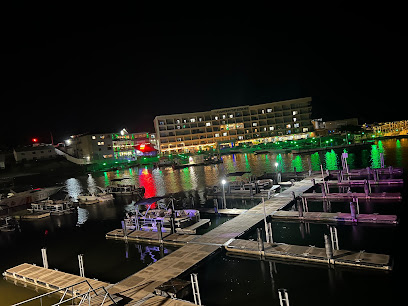
Coconuts At The Lake
Experience delicious food and lively atmosphere at Coconuts At The Lake, the perfect grill destination by the scenic Lake of the Ozarks.

Thee Abbey Kitchen / Arcadia Academy
Discover the enchanting blend of American cuisine, history, and shopping at Thee Abbey Kitchen in Arcadia, Missouri.
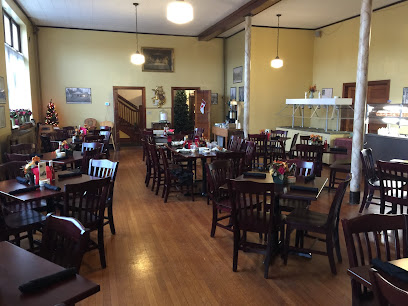
H. Toad's Bar & Grill
Discover lively dining and live music at H. Toad's Bar & Grill in Lake Ozark, MO – a perfect spot for breakfast, lunch, or dinner!
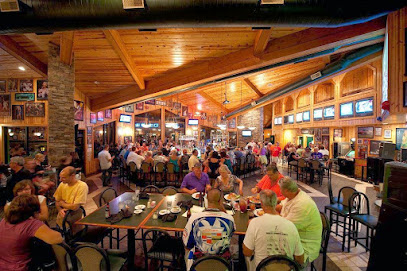
Rustic Oak Cabin Steakhouse
Delight in the savory offerings of Rustic Oak Cabin Steakhouse, where exquisite steaks meet a charming rustic ambiance in Perry, Missouri.
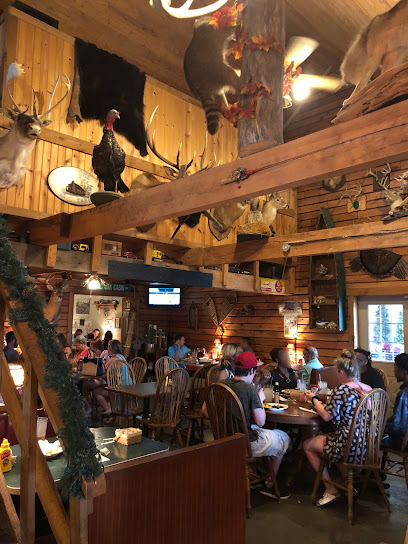
The Crafty Chameleon Brewery and Pizza
Experience the best of local brewing and delicious artisan pizzas at The Crafty Chameleon Brewery and Pizza in Ellisville, Missouri.
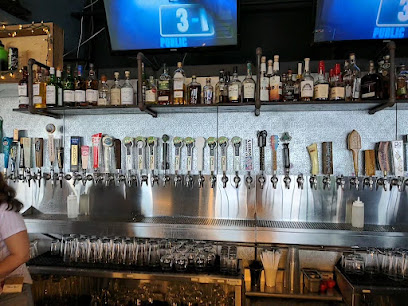
The Creek Grill & Sports Bar
Experience the best of American cuisine at The Creek Grill & Sports Bar in Washington, Missouri, where flavor meets fun in a lively atmosphere.

JP's Sports Bar & Grill
Experience the vibrant atmosphere of JP's Sports Bar & Grill, where delicious food and lively sports come together in Eureka, Missouri.
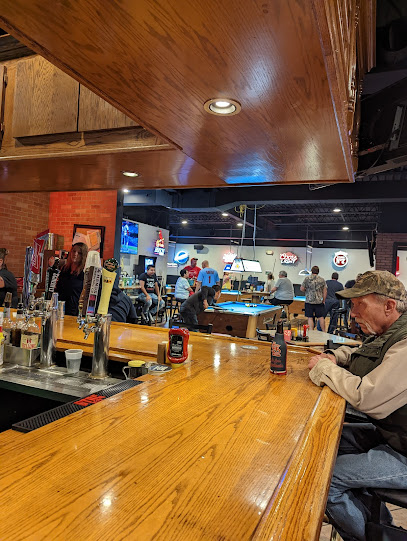
Millwoods Sports Bar and Grill
Experience a vibrant atmosphere with delicious grill favorites and a friendly vibe at Millwoods Sports Bar and Grill in Wentzville, Missouri.
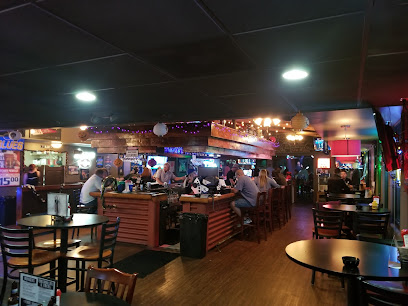
Big Dick's Halfway Inn
Experience the lively atmosphere and delicious American cuisine at Big Dick's Halfway Inn, a must-visit dining spot in Gravois Mills, Missouri.
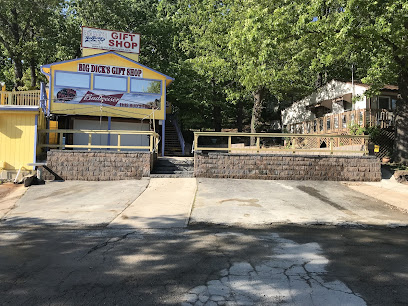
Local Phrases about Mark Twain National Forest
-
- HelloHowdy
[haw-dee] - GoodbyeSo long
[soh lawng] - YesYep
[yep] - NoNah
[nah] - Please/You're welcomePlease/No worries
[pleez/no wuhr-eez] - Thank youMuch obliged
[muhch uh-blahyjd] - Excuse me/SorryPardon me
[pahr-dn mee] - How are you?How y'all doin'?
[how yall doo-in] - Fine. And you?Jus' fine. How 'bout you?
[juhs fahyn. how bowt yoo] - Do you speak English?Y'all speak English?
[yall speek ing-glish] - I don't understandI ain't catchin' on
[I aint ketch-in on]
- HelloHowdy
-
- I'd like to see the menu, pleaseKin I see the grub list, please
[kin I see the gruhb list, pleez] - I don't eat meatI don't touch the hog
[I don't tuch the hawg] - Cheers!Bottoms up!
[baw-tuhmz up] - I would like to pay, pleaseI reckon I'll settle up, please
[I rek-uhn ayl set-ul up, pleez]
- I'd like to see the menu, pleaseKin I see the grub list, please
-
- Help!SOS!
[ess-oh-ess] - Go away!Git!
[jit] - Call the Police!Fetch the law!
[fetch the law] - Call a doctor!Get a sawbones!
[get uh saw-bohns] - I'm lostI'm turned around
[I'm turnd uh-round] - I'm illI ain't feelin' right
[I aint feel-in rahyt]
- Help!SOS!
-
- I'd like to buy...I aim to purchase...
[I aim to pur-chays] - I'm just lookingI'm jest browsin'
[I'm jest brow-zin] - How much is it?Whatcha askin' fer?
[whuh-chuh ask-in fur] - That's too expensiveThat's a mite pricey
[that's uh myt prahy-see] - Can you lower the price?Kin y'all do any better on the tag?
[kin yall do any bet-ter on the tag]
- I'd like to buy...I aim to purchase...
-
- What time is it?What's the reckonin'?
[whuts the rek-uhn-in] - It's one o'clockIt's high noon
[its hahy noon] - Half past (10)Halfway to ten
[half-way to ten] - MorningSunup
[suhn-up] - AfternoonAfter sun
[af-ter suhn] - EveningDusk
[duhsk] - YesterdayYesteryear
[yest-ur-year] - TodayThis here day
[this heer day] - TomorrowMornin' next
[morn-in nekst] - 1One
[wun] - 2Two
[too] - 3Three
[three] - 4Four
[for] - 5Five
[fahyv] - 6Six
[siks] - 7Seven
[sev-uhn] - 8Eight
[ayt] - 9Nine
[nahyn] - 10Ten
[ten]
- What time is it?What's the reckonin'?
-
- Where's a/the...?Where's the...
[wheres thee] - What's the address?Where's it at?
[wheres it at] - Can you show me (on the map)?Kin y'all point it out (on the map)?
[kin yall point it out (on thee map)] - When's the next (bus)?When's the next stage?
[whens thee nekst stayj] - A ticket (to ....)A pass (to ....)
[ay pass (to)]
- Where's a/the...?Where's the...
History of Mark Twain National Forest
-
Mark Twain National Forest was established on September 11, 1939, by proclamation of President Franklin D. Roosevelt. The forest was named in honor of the famous American author Mark Twain, who grew up in Missouri. Covering approximately 1.5 million acres, the forest was created as part of a broader effort to manage and conserve natural resources during the Great Depression.
-
During the Great Depression, the Civilian Conservation Corps (CCC) played a significant role in developing the infrastructure of Mark Twain National Forest. Young men employed by the CCC built roads, trails, and recreational facilities, contributing to the forest's accessibility and preservation. Their work laid the foundation for the modern amenities that visitors enjoy today.
-
During World War II, parts of Mark Twain National Forest were used for military training. The forest's rugged terrain provided an ideal setting for soldiers to practice maneuvers and survival skills. This period left a lasting impact on the forest, with remnants of training camps and facilities still visible in some areas.
-
Following World War II, Mark Twain National Forest saw a renewed focus on conservation and sustainable resource management. The U.S. Forest Service undertook efforts to reforest areas that had been logged or damaged. These initiatives aimed to restore the ecological balance and ensure the forest could support both wildlife and recreational activities for future generations.
-
Mark Twain National Forest holds cultural and historical significance for several Native American tribes, including the Osage, Delaware, and Shawnee. The forest area was historically used for hunting, gathering, and as a transit route. Numerous archaeological sites within the forest offer insights into the lives of these indigenous peoples.
-
The Ozark Trail, a long-distance hiking trail that traverses the Mark Twain National Forest, was developed over several decades starting in the 1970s. Volunteers and trail organizations worked tirelessly to connect various segments, creating a continuous path that showcases the diverse landscapes and natural beauty of the Ozarks. The trail is a testament to community efforts in promoting outdoor recreation and conservation.
-
Today, Mark Twain National Forest is a hub for conservation and recreation. The forest is managed for multiple uses, including timber production, watershed protection, and recreation. Popular activities include hiking, camping, fishing, and wildlife viewing. Ongoing conservation projects aim to preserve the forest's biodiversity and natural resources for future generations.
Mark Twain National Forest Essentials
-
Mark Twain National Forest is located in southern Missouri, with several entry points across its vast expanse. The nearest major airports are Lambert-St. Louis International Airport (STL) and Springfield-Branson National Airport (SGF). From these airports, you can rent a car or use shuttle services to reach the forest. Interstate highways I-44 and I-55 provide convenient access by road. Public transportation options are limited, so renting a car is highly recommended for flexibility and ease of travel.
-
Within Mark Twain National Forest, having a personal vehicle is the most practical way to explore, given the forest's size and the spread of attractions. There are numerous scenic byways and forest roads that facilitate travel. For those without a vehicle, guided tours and shuttle services are available, though they may not cover all areas. Always check road conditions beforehand, especially during winter months when some roads may be impassable.
-
The official currency is the United States Dollar (USD). Credit and debit cards are widely accepted at most establishments, including hotels, restaurants, and gas stations. However, it's advisable to carry some cash, particularly if you plan to visit more remote areas or smaller towns where card payment options may be limited. ATMs can be found in nearby towns, but may not be readily available within the forest itself.
-
Mark Twain National Forest is generally a safe destination. However, visitors should exercise standard precautions such as securing valuables, locking vehicles, and being aware of their surroundings. While crime targeting tourists is rare within the forest, it’s advisable to avoid isolated areas after dark and always inform someone of your travel plans. Certain urban areas near the forest, such as parts of St. Louis, have higher crime rates; staying vigilant in these areas is recommended.
-
In case of emergency, dial 911 for immediate assistance. It is important to have a mobile phone with good reception, though signal can be patchy in remote areas of the forest. Carry a first-aid kit and know the locations of the nearest medical facilities, which are in nearby towns such as Rolla or Poplar Bluff. It's also wise to have travel insurance that covers medical emergencies and evacuation.
-
Fashion: Do wear comfortable, weather-appropriate clothing and sturdy hiking boots. Avoid wearing open-toed shoes on trails. Religion: Do respect local customs at religious sites and historical landmarks; avoid loud behavior. Public Transport: Do be patient and courteous if using any local shuttle services. Public transport is limited, so plan accordingly. Greetings: Do greet people with a friendly hello or a nod. Missourians are known for their hospitality. Eating & Drinking: Do try local cuisines and be open to small-town diners. Don’t litter; always pack out what you pack in.
-
To experience Mark Twain National Forest like a local, consider visiting during the off-season when the forest is less crowded. Engage with rangers and locals to learn about hidden trails and lesser-known scenic spots. Participate in local events or festivals in nearby towns to immerse yourself in the regional culture. Don't miss out on local favorites like Missouri barbecue and homemade pies available in small-town diners.
Nearby Cities to Mark Twain National Forest
-
Things To Do in Poplar Bluff
-
Things To Do in St. Louis
-
Things To Do in St. Charles
-
Things To Do in Jefferson City
-
Things To Do in Cape Girardeau
-
Things To Do in Lake of the Ozarks
-
Things To Do in Jonesboro
-
Things To Do in Sedalia
-
Things To Do in Branson
-
Things To Do in Hannibal
-
Things To Do in Paducah
-
Things To Do in Eureka Springs
-
Things To Do in Memphis
-
Things To Do in Decatur
-
Things To Do in Kirksville






